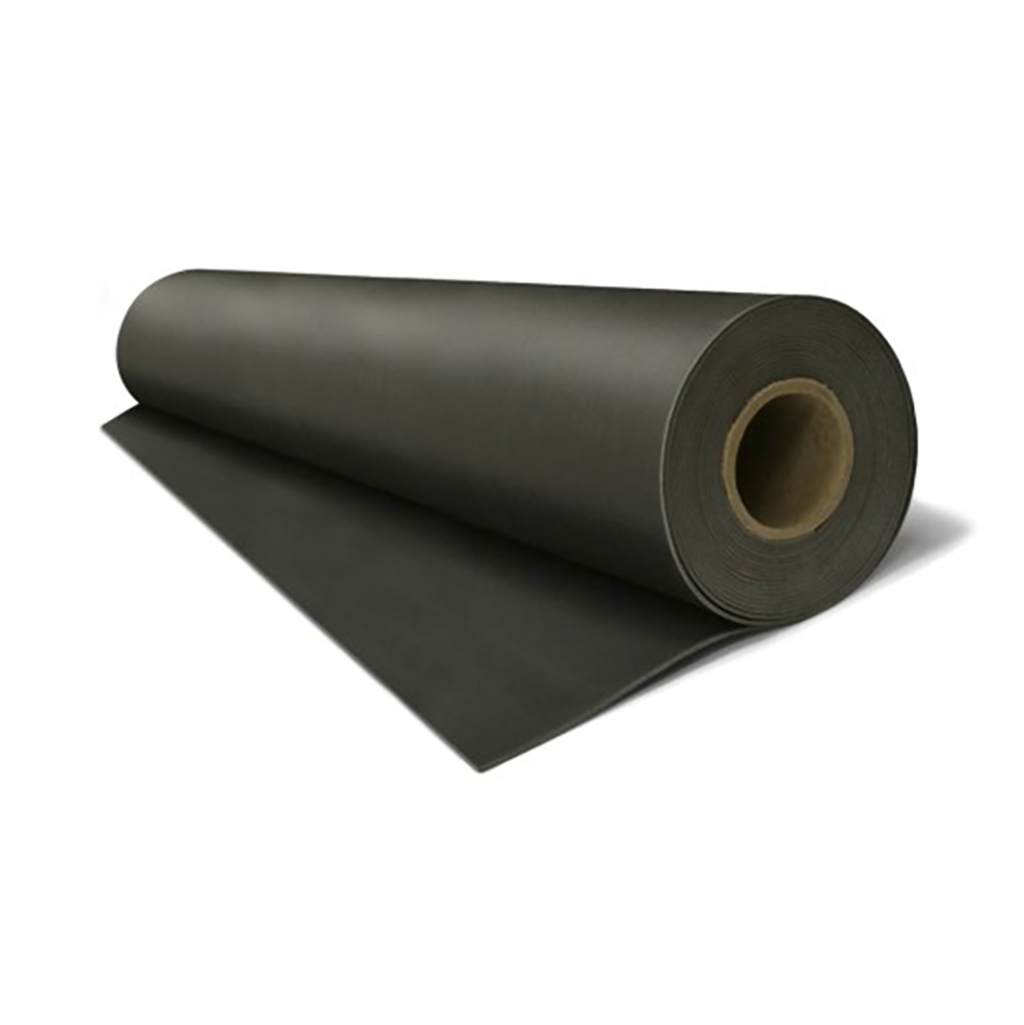Moisture can significantly impact wood flooring installations over wood subfloors. It happens because wood is a hygroscopic material that absorbs and releases moisture from the environment. When the wood is exposed to high humidity or moisture, it absorbs water and swells. Conversely, in dry conditions, it loses moisture and shrinks.
How to prevent moisture-related issues
It’s important to prepare the subfloor. Ensure that the wood subfloor is flat, level, and smooth. Use a self-leveling underlayment if needed. Also, it is important to avoid long periods of exposure to moisture on the subfloor. It’s crucial to ensure the longevity and stability of your flooring.
To safeguard wood from moisture-related damage, especially when installing wood flooring over wood subfloors, professional-grade moisture-retarding systems are essential. These systems help prevent adverse effects that moisture causes, such as discoloration, warping, cupping, and rotting of subflooring and flooring planks.
Building and design professionals can prevent devastating results, however, you can include an effective moisture management strategy in the building. One vital component of such strategies is a vapor retarder.
Vapor retarder
A vapor retarder is a thin sheet made from various materials. It reduces the rate at which water vapor can move through a material. When it’s correctly installed, it can function as an interior air barrier, reducing the influx of moisture-laden air into insulated cavities during cold periods. Vapor retarder materials are assessed based on their water vapor permeance, measured in “perms.”
The water vapor permeance of building materials is determined using ASTM E96, which employs two methods: the dry cup method and the wet cup method. A perm rating indicates the amount of water vapor passing through one square foot of material in one hour under specific conditions.

Many materials labeled as vapor barriers allow some vapor transmission, those with lower perm ratings are more effective at impeding moisture transfer. The International Residential Code categorizes vapor retarders into Class I (impermeable), Class II (semi-impermeable), and Class III (semi-permeable) based on their permeance levels.
Categories vapor retarders
The ability of a material to retard the diffusion of water vapor is measured in units known as “perms” or permeability. The International Residential Code describes three classes of water vapor retarders.

Class I
This class covers materials most frequently referred to as vapor barriers. These vapor retarders have a permeance level of 0.1 perms or less. Some examples include polyethylene film, glass, sheet metal, foil-faced insulated sheathing, and nonperforated aluminum foil.
Class II
Vapor retarders have a permeance level between 0.1 perm and 1 perm. They are semi-permeable. Examples include unfaced expanded polystyrene, fiber-faced polyisocyanurate, and asphalt-backed kraft paper-facing fiberglass batt insulation.
Class III
Vapor retarders greater than 1.0 perms and less than or equal to 10 perms. They are semi-permeable. This class includes most latex paints over gypsum board, #30 building paper, and plywood. In the climate zone-specific combinations of vented claddings, exterior sheathing materials, and insulated sheathings that permit the use of Class III vapor retarders.
Types of Vapor Retarders
Vapor retarders are commonly found in the form of membranes or coatings. Membranes typically consist of thin, flexible materials, with some thicker sheet materials known as “structural” vapor retarders. Materials like rigid foam insulation, reinforced plastics, aluminum, and stainless steel exhibit higher resistance to water vapor diffusion. These vapor retarders are often secured using mechanical fasteners and sealed at the joints. Thinner membrane varieties are available in rolls or integrated into building materials. Examples include polyethylene sheeting, aluminum- or paper-faced fiberglass roll insulation, and foil-backed wallboard. Additionally, many paint-like coatings serve to impede vapor diffusion.

